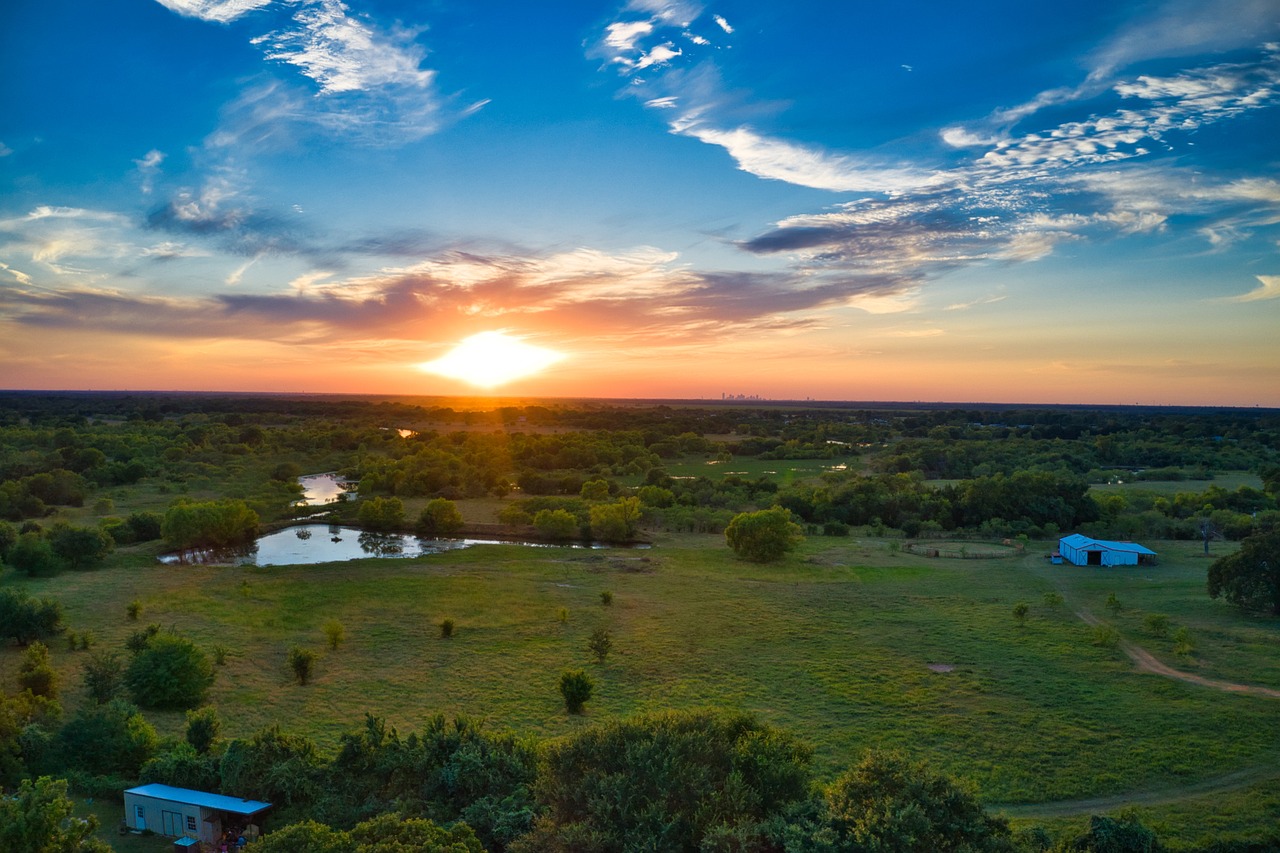Cheapest Places toTravel in the World
Traveling on a budget doesn’t mean sacrificing exciting experiences. Several destinations around the world offer affordable travel options without compromising on fun and adventure. Here are some of the cheapest places to travel in the world:
Vietnam: From the bustling streets of Hanoi to the serene landscapes of Ha Long Bay, Vietnam offers a rich cultural experience at a fraction of the cost compared to many other Asian destinations.
Cambodia: Home to the magnificent Angkor Wat temple complex, Cambodia boasts affordable accommodations, delicious street food, and a welcoming atmosphere.
Bolivia: This South American gem offers stunning landscapes, including the otherworldly Salar de Uyuni salt flats. Prices for food, transportation, and accommodations are relatively low.
Indonesia: With its beautiful beaches, lush jungles, and vibrant culture, Indonesia is a budget traveler’s paradise. Bali, Lombok, and the Gili Islands are popular destinations.
India: India is known for its diverse culture, historical sites, and delicious cuisine. Traveling within the country is affordable, making it an ideal destination for budget-conscious travelers.
Nepal: A haven for trekkers and adventure seekers, Nepal offers breathtaking mountain views and a range of affordable activities.
Bulgaria: Eastern Europe provides an opportunity to explore charming cities like Sofia and Plovdiv without breaking the bank. Bulgaria offers affordable food, accommodations, and sightseeing options.
Thailand: While some areas in Thailand can be expensive, overall, it is a budget-friendly destination with affordable street food, accommodations, and transportation.
Morocco: Morocco offers a fascinating blend of cultures and landscapes, with affordable markets, accommodation options, and local experiences.
Nicaragua: This Central American destination offers beautiful beaches, colonial cities, and diverse nature at relatively low prices.
Portugal: Portugal provides an affordable European experience with stunning coastlines, historic cities, and delicious cuisine.
Egypt: Discover ancient history and explore iconic landmarks like the Pyramids of Giza at affordable prices in Egypt.
Remember that even in affordable destinations, your travel budget will depend on factors like your travel style, activities, and accommodation choices. By researching and planning ahead, you can enjoy incredible adventures and cultural experiences while staying within your budget. Additionally, consider traveling during the off-peak season or taking advantage of deals and discounts to stretch your travel funds even further.




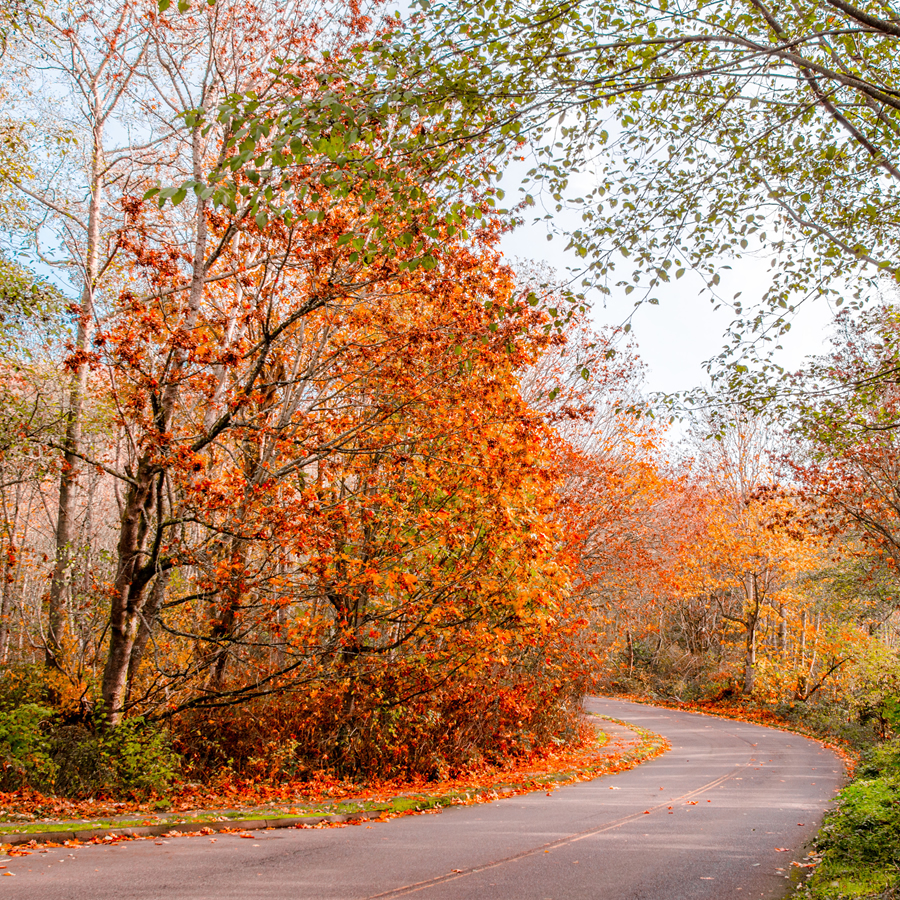
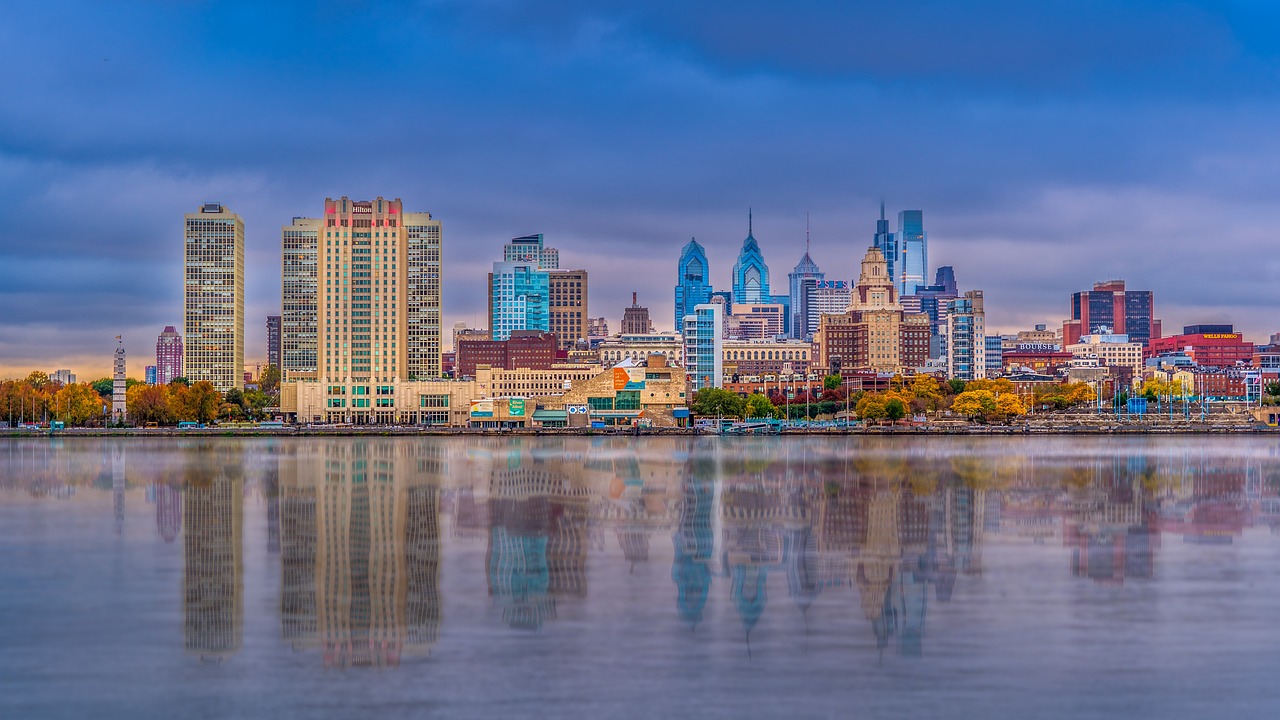


 With the building of the National Road came opportunity and progress. There existed a visionary dream—a dream to connect the vast expanse of a growing nation, bridge the gaps between cities and states, and facilitate the exchange of ideas, goods, and culture. This dream came to life in the form of a remarkable endeavor known as the National Road.
With the building of the National Road came opportunity and progress. There existed a visionary dream—a dream to connect the vast expanse of a growing nation, bridge the gaps between cities and states, and facilitate the exchange of ideas, goods, and culture. This dream came to life in the form of a remarkable endeavor known as the National Road.
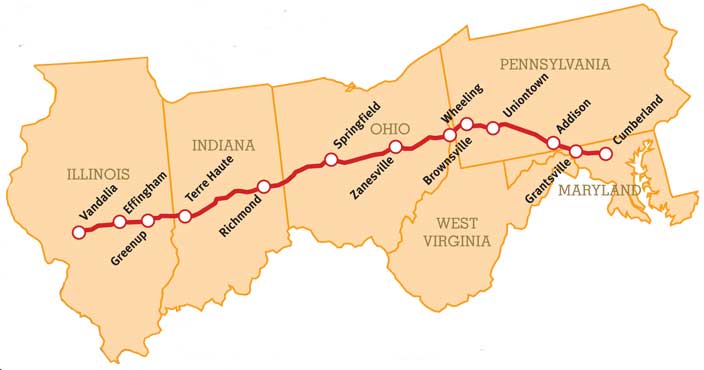
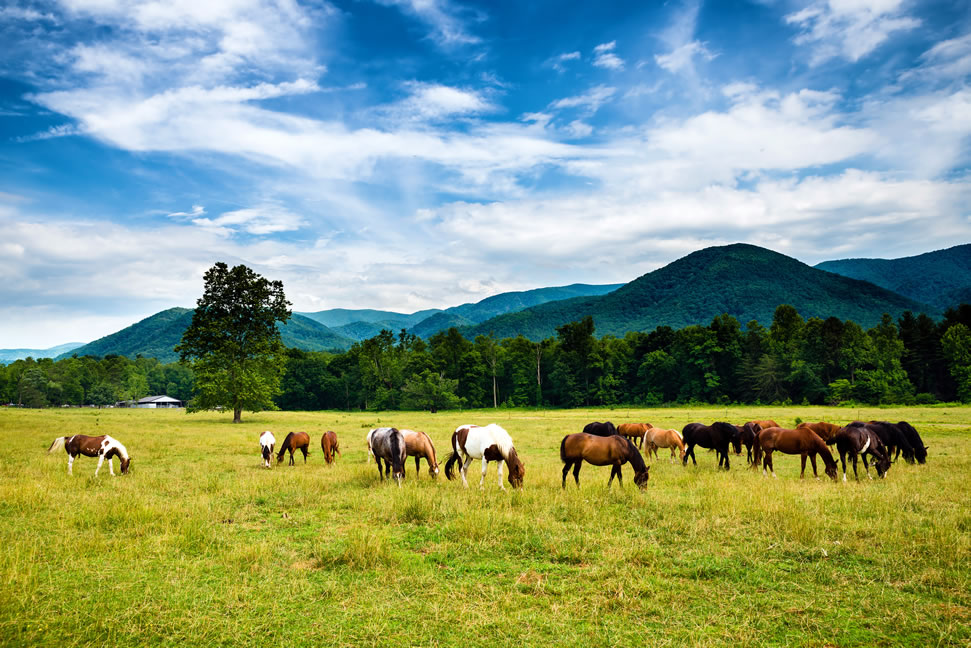
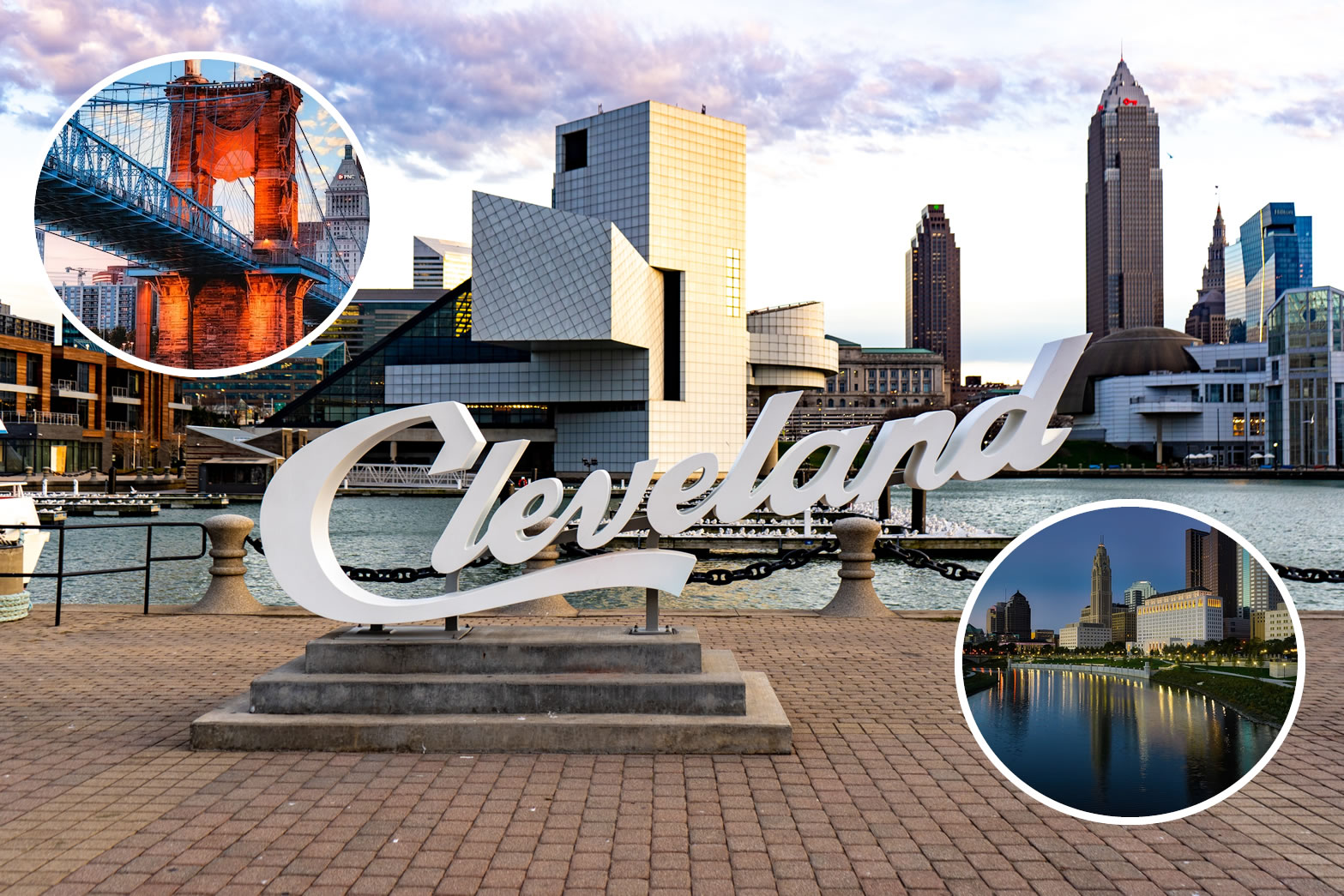
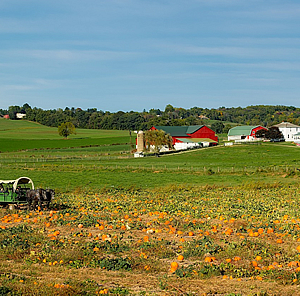 northeastern Ohio, the Amish Country invites visitors to experience a simpler way of life. Discover the Amish culture, explore charming towns like Berlin and Sugarcreek, and indulge in delicious homemade Amish cuisine. Visitors can also browse unique artisan shops, take scenic country drives, and witness the craftsmanship of Amish furniture and quilts.
northeastern Ohio, the Amish Country invites visitors to experience a simpler way of life. Discover the Amish culture, explore charming towns like Berlin and Sugarcreek, and indulge in delicious homemade Amish cuisine. Visitors can also browse unique artisan shops, take scenic country drives, and witness the craftsmanship of Amish furniture and quilts.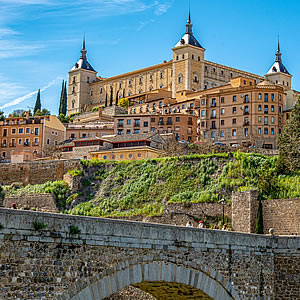 Toledo, Ohio: Situated along the western edge of Lake Erie, Toledo is a city with a rich industrial and maritime history. The Toledo Museum of Art houses an exceptional collection, including works by renowned artists such as Rembrandt and Monet. The city is also home to the Toledo Zoo, the Toledo Botanical Garden, and the Toledo Symphony Orchestra.
Toledo, Ohio: Situated along the western edge of Lake Erie, Toledo is a city with a rich industrial and maritime history. The Toledo Museum of Art houses an exceptional collection, including works by renowned artists such as Rembrandt and Monet. The city is also home to the Toledo Zoo, the Toledo Botanical Garden, and the Toledo Symphony Orchestra.